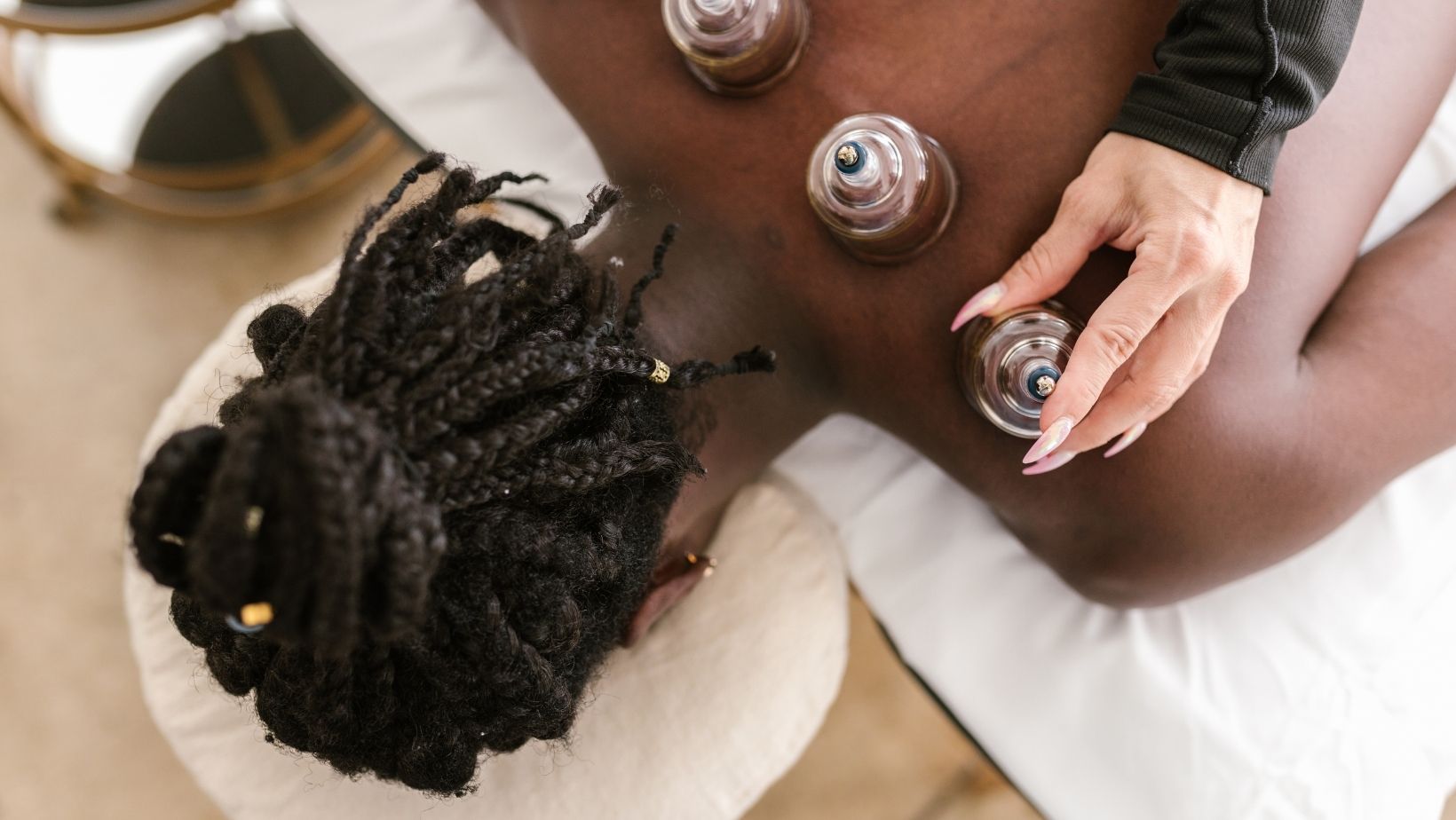When we think about physical therapy, we often focus on how it addresses physical ailments, such as sports injuries, post-surgical recovery, or chronic pain. However, physical therapy can extend far beyond the surface-level healing of bones and muscles. This holistic approach plays a crucial role in promoting emotional well-being. The connection between body and mind is undeniable; nurturing one can significantly impact the other. The journey to wellness involves a more profound connection than many realize, and a visit to a Physical Therapy Clinic can transform more than just physical discomfort. This article explores how physical therapy contributes to emotional resilience and overall mental health.
The Mind-Body Connection in Physical Therapy
It is crucial to note that the close relationship between the mental and physical states has been known for centuries. Yet, it is rarely discussed in connection with physical therapy. Cortisol stress, anxiousness, and depression can physically present themselves and cause symptoms such as headaches, pains, and fatigue. Also, physical disabilities or illnesses lead to stressful and helpless states of mind and body. Since physical therapy takes care of these bodily issues, it has a two-pronged advantage: a physical one in alleviating physical complaints and a psychological one in reducing the associated burden.
 Performing exercises, stretching, or having your muscles worked on throughout the therapy process aids in releasing endorphins, commonly known as the ‘happy hormones.’ They help to increase mood, decrease stress, and reduce perception of pain, which positively impacts overall well-being. For many patients, it is the freedom from pain, the ability to walk, or the ability not to need help with dressing that makes them feel better.
Performing exercises, stretching, or having your muscles worked on throughout the therapy process aids in releasing endorphins, commonly known as the ‘happy hormones.’ They help to increase mood, decrease stress, and reduce perception of pain, which positively impacts overall well-being. For many patients, it is the freedom from pain, the ability to walk, or the ability not to need help with dressing that makes them feel better.
Building Confidence and Overcoming Emotional Barriers
To patients with injury or chronic pain, the loss of ability to perform activities or do hobbies may be frustrating. Recovery is a slow and winding process, and as such, a person may develop feelings of frustration, anxiety, or even depression. As PT is an individualized process focusing on gradual improvement, patients are also given the authority to own their rehabilitation. The overall concept of therapy is to overcome small goals and gradually build up self-esteem and confidence while completing each goal.
They are also supportive and can help clients feel motivated and positive when they feel that the healing process is taking a long time or that specific tasks are impossible to complete. A listening ear provides the patients with an understanding that they are not alone; someone cares about them. This human touch and encouragement go a long way in removing the mental blocks that may slow the healing process. Often, the therapeutic environment serves as an arena where people can express their worries, anxieties, and achievements and enhance their psychological armor.
A Holistic Approach to Healing
Compared with other medical treatments, physical therapy is more inclined to consider multiple aspects of the patient’s condition. Physical therapists diagnose and manage the body and its components in relation to the patient’s overall life experience, mental health, and personal goals and desires. This integrative care empowers patients to participate actively in the healing process, empowering them in all aspects of their lives.
 Also, physical therapy might involve meditation, deep breathing, and relaxation, which are also suitable for mental health. While learning how to reduce stress and better understand one’s body, people get better sleep, reduced anxiety, and a sense of balance in life. The combination of the mental and physical aspects of health fosters the development of a stable model of health, hence promoting healthier lifestyles among people.
Also, physical therapy might involve meditation, deep breathing, and relaxation, which are also suitable for mental health. While learning how to reduce stress and better understand one’s body, people get better sleep, reduced anxiety, and a sense of balance in life. The combination of the mental and physical aspects of health fosters the development of a stable model of health, hence promoting healthier lifestyles among people.
Conclusion
To heal from within, a person needs to recover physically and pay respect to the intimate relationship between the spirit and the flesh. Physical therapy, therefore, acts as a way of healing both physically and emotionally since it is a noble practice that empowers individuals. This form of treatment addresses the cause of discomfort, boosts self-esteem, and helps patients cultivate healthy psychological states, making this form of therapy life-changing. Whether it is a fight against chronic pain, after surgery, or just a desire for improvement, the path through PT is one of hope, strength, and a new beginning – an inner one.
